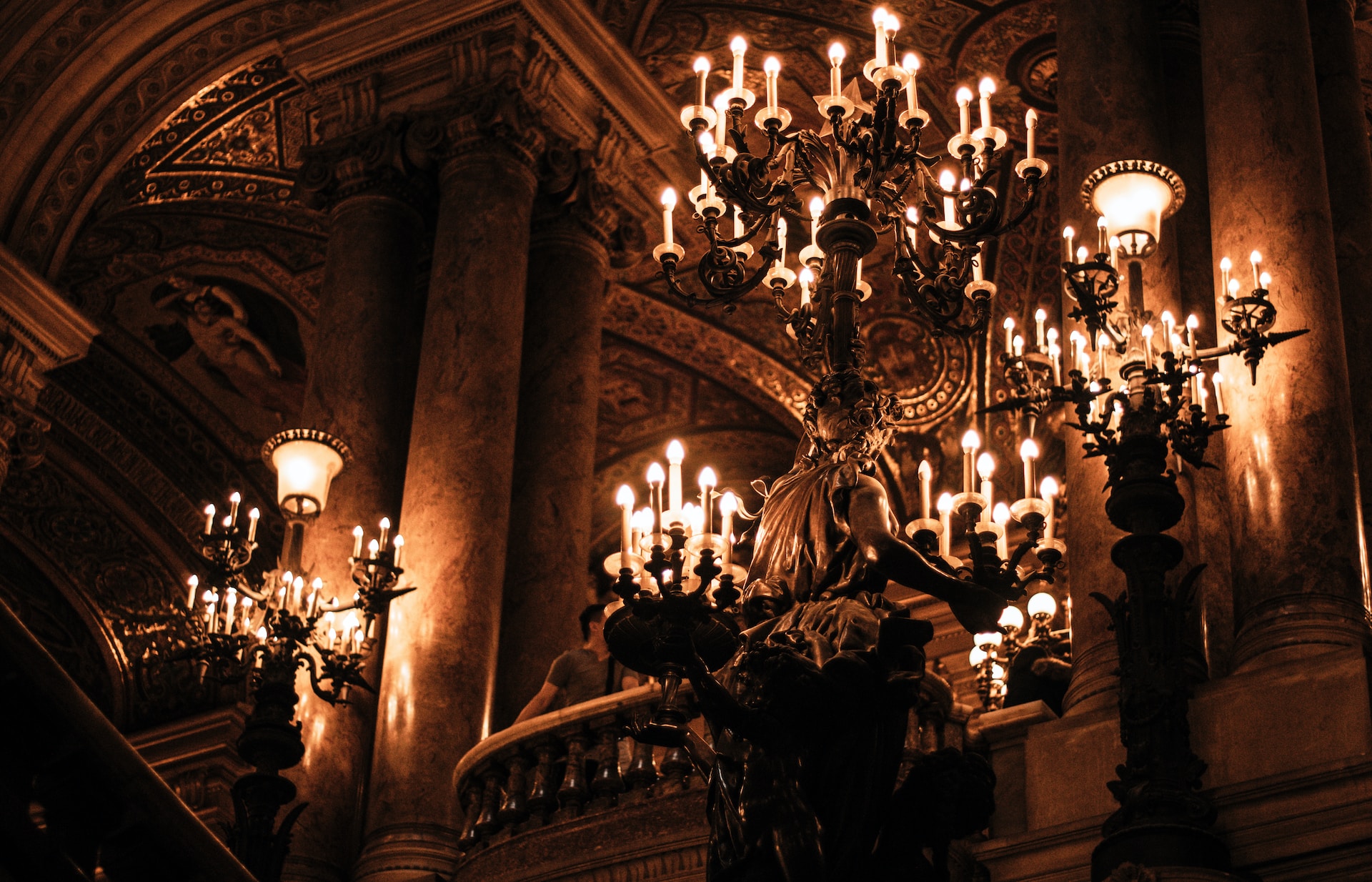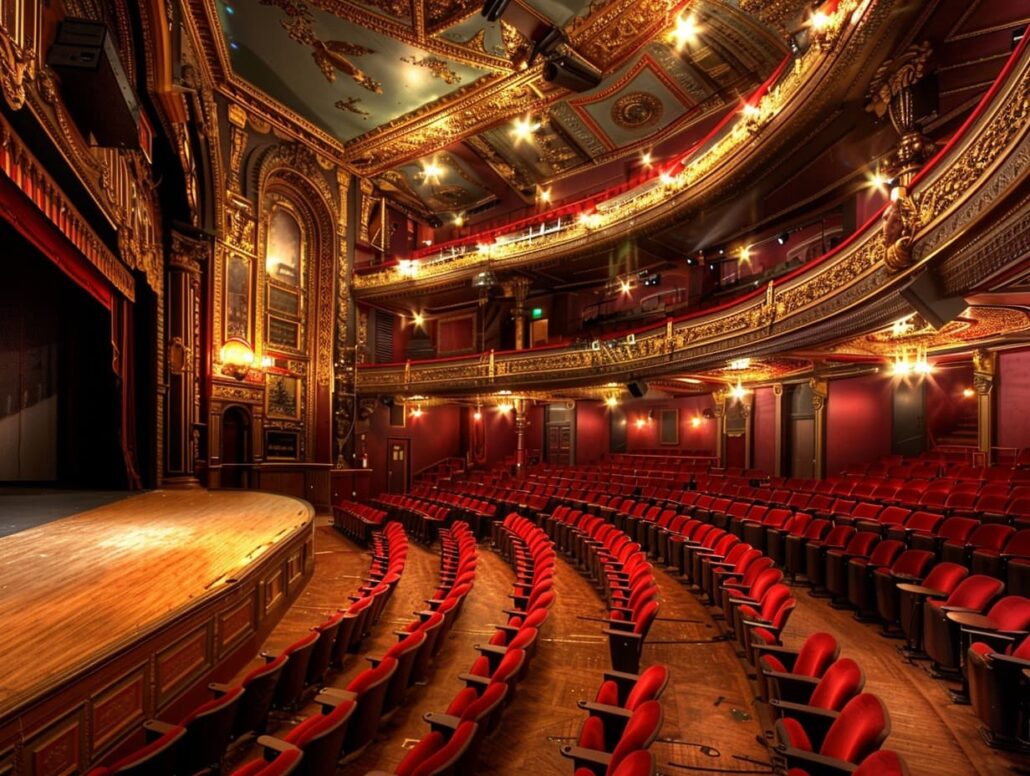With Hitler’s rise to power, theatrical activity in Germany did not cease. When discussing Jewish theatrical life during the Holocaust, it is fundamentally important to define the concept of “theatrical activity” as precisely and comprehensively as possible. This is especially important in light of the repressive German state policy, which gradually turned into a genocide of the Jewish people. The concept of “theater” implies the presence of an audience on an equal footing with the performers. “Theater art” includes the process of staging in which such independent literary works as libretti or dramatic texts are transformed into operatic arias or stage dialogues. A theatrical production may be different: with or without scenery, costumed or not, with or without props, the actors may simply recite something without any stage effects. Puppet theater; parody shows, musical and dramatic performances, ballets, and the artistic recitation of poetry – all of these genres may well be grouped under the umbrella of “theater art.” Before the Second World War they were all widely represented on the theatrical stages, on the stage, in cabarets and nightclubs in European capitals. In the early 1940s, many theatrical genres borrowed from the pre-war European tradition were used in ghetto performances by ghetto inmates in Nazi-occupied Europe.
Theater is the most evanescent of all the arts; it lives only in the present, only during the period in which the stage action takes place. The stories told by the actors and the visual picture created by the scenery always appeal to the viewer’s attention, memory and emotions, touching certain strings of the human soul. Thus a sense of community is created in the auditorium, and the audience empathizes with the emotions that the actors give from the stage. The subject matter of the play, as well as its treatment, also serves to strengthen the unifying principle inherent in the art of theater. Theatrical artists often use elements of other genres in their work; they collaborate with musicians, playwrights, and artists in the visual and applied arts. A performance, whether in a specifically-designated auditorium, outdoors or in a corner of a barracks, creates a space in which all involved – spectators and actors alike – share a bond, however temporary. The flexibility of theatrical statements, the persuasiveness of the space created for the duration of the theatrical performance, and the enticing possibility of existing in an imaginary world governed by the subjunctive mood and the preposition “if” probably made this artistic form particularly suitable for prisoners in Nazi prisons, camps and ghettos during the Holocaust.





